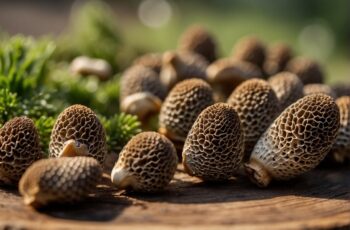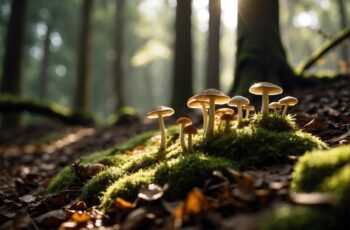Venturing into the world of psychedelic mushrooms, commonly known as shrooms, opens up avenues for understanding a unique natural compound: psilocybin. This naturally occurring psychedelic is found in over 200 species of mushrooms and has been catching the attention of the adventurous and those seeking alternative mental health treatments. As you explore this path, it’s crucial to bear in mind that while shrooms can offer profound experiences, they come with a responsibility to use them safely and within the bounds of the law.
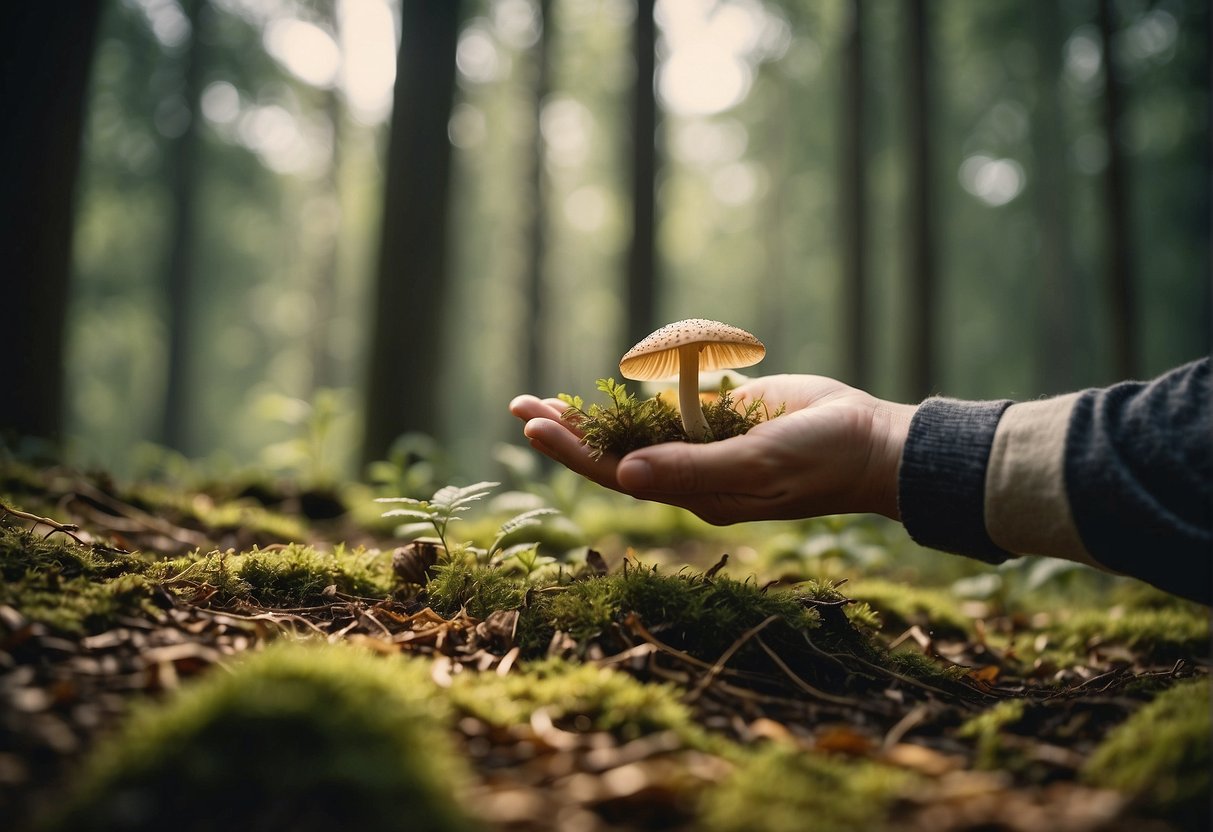
In preparing to obtain shrooms, whether you’re considering them for personal enlightenment or as a possible aid in conditions like treatment-resistant depression, a thorough groundwork is key. You should be well-versed not just in identifying the right kind of mushrooms, but also in understanding their effects, proper dosages, and the potential legal ramifications of their acquisition and use. Having an appreciation for the cultural and historical context of psilocybin can also enhance your perspective and respect for these powerful fungi.
Key Takeaways
- Psilocybin mushrooms have been explored for both traditional uses and modern mental health applications.
- Proper preparation and dosage are fundamental to ensuring a safe experience with psychedelic mushrooms.
- Being aware of safety and legal considerations is essential when seeking to use or possess shrooms.
Understanding Psilocybin Mushrooms
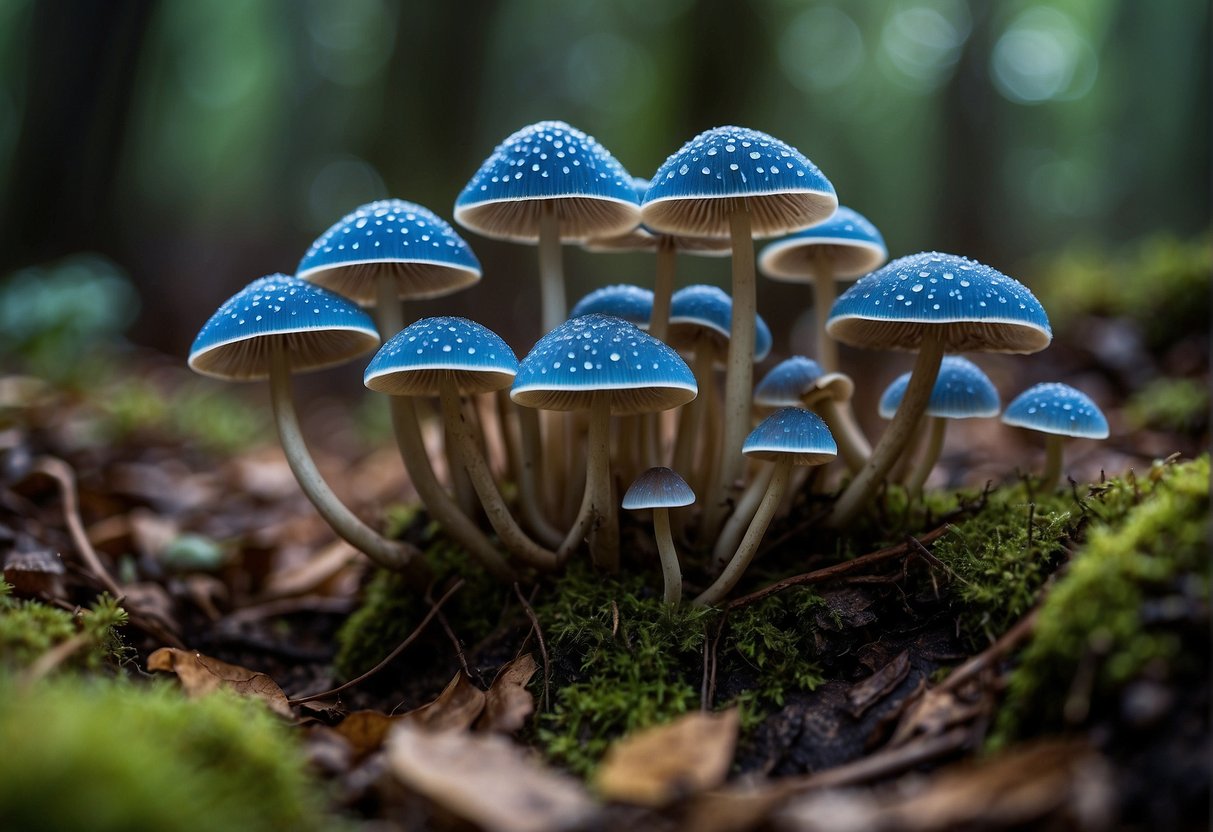
Before venturing into the realm of psilocybin mushrooms, it’s essential for you to grasp the diversity of species and the potent effects they may have on your brain’s chemistry.
Types of Psilocybin Mushrooms
Psilocybin mushrooms, often referred to as shrooms or psychedelic mushrooms, encompass various species, with Psilocybe cubensis being one of the most commonly sought after. This species is favored due to its relatively moderate potency and widespread distribution. It’s important to recognize that the psilocybin content can vary significantly across species, impacting the intensity and duration of the psychedelic experience.
- Psilocybe cubensis: Moderate potency, wide availability, an ideal choice for those new to foraging.
- Psilocybe semilanceata: Found in damp, grassy fields, often more potent than cubensis.
- Psilocybe cyanescens: Known as “wavy caps,” prefers wood debris, has a higher psilocybin content.
Psychedelic Effects and Serotonin
When you consume psilocybin mushrooms, the psilocybin is converted to psilocin in your body, which is an active compound that affects your serotonin receptors. This interaction alters your perception, causing hallucinations and a range of emotions. It’s this alteration of the neurotransmitter pathways that provides you with the profound psychedelic experience often associated with shrooms. Remember, the effects can vary based on mushroom type, dosage, and individual physiology.
- Psilocybin: Non-selective serotonin receptor agonist.
- Psilocin: The compound responsible for the psychoactive properties.
- Serotonin: A key neurotransmitter that influences mood and perception.
Preparation and Dosage
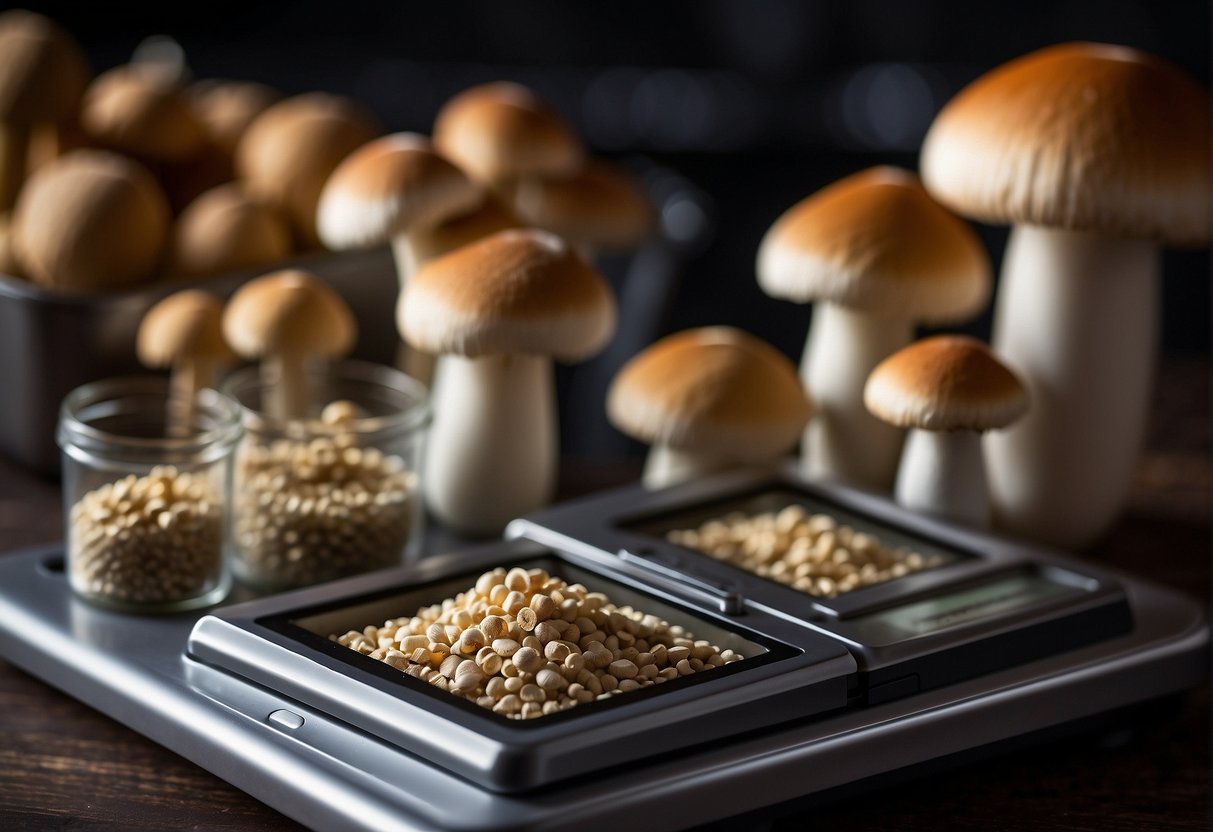
Proper preparation and measuring the dosage of shrooms are crucial to a safe and enjoyable experience in the wild. This guide will lead you through determining the right amount to consume and the various methods of ingesting these natural marvels.
Determining the Right Dosage
The right dosage of shrooms for you depends on several factors, including your body weight, personal sensitivity, and whether you’re aiming for a light encounter with nature or a deep forest adventure. Start with a microdose if you’re new to this, which is about 0.1 to 0.5 grams. If you seek more substantial effects, such as heightened senses or euphoria, a low dose would typically be around 1 to 2 grams. Venturing into the forest with a heavy step? A high dose can start from 3.5 grams and above, but tread cautiously as the intensity of your journey will be significantly increased.
- Microdose: 0.1 – 0.5 grams
- Low Dose: 1 – 2 grams
- Moderate Dose: 2 – 3.5 grams
- High Dose: 3.5 grams upwards
Remember, the digestive process may delay the onset of effects, so patience is key. Effects can range from subtle changes in perception to profound alterations in how you connect with your surroundings.
Methods of Consumption
After you’ve zeroed in on your desired dosage, backpacking enthusiasts often ask about the best way to consume these earthy offerings. You can eat shrooms directly, which is straightforward; just ensure they’re clean and uncontaminated. Alternatively, you can incorporate them into food if you’re concerned about taste or digestion. A favorite for many are shroom teas, where you steep the product in hot water, preserving the active components while making it gentle on the stomach.
- Direct Eating: After thorough cleaning, consume them whole.
- Tea: Steep in hot water for a milder, more digestible method.
By preparing properly and respecting the dosage, you ensure that your trek through the realm of psilocybin is both memorable and respectful to your bodily temple. Safe travels on your psychonautical hikes.
Safety and Legal Considerations
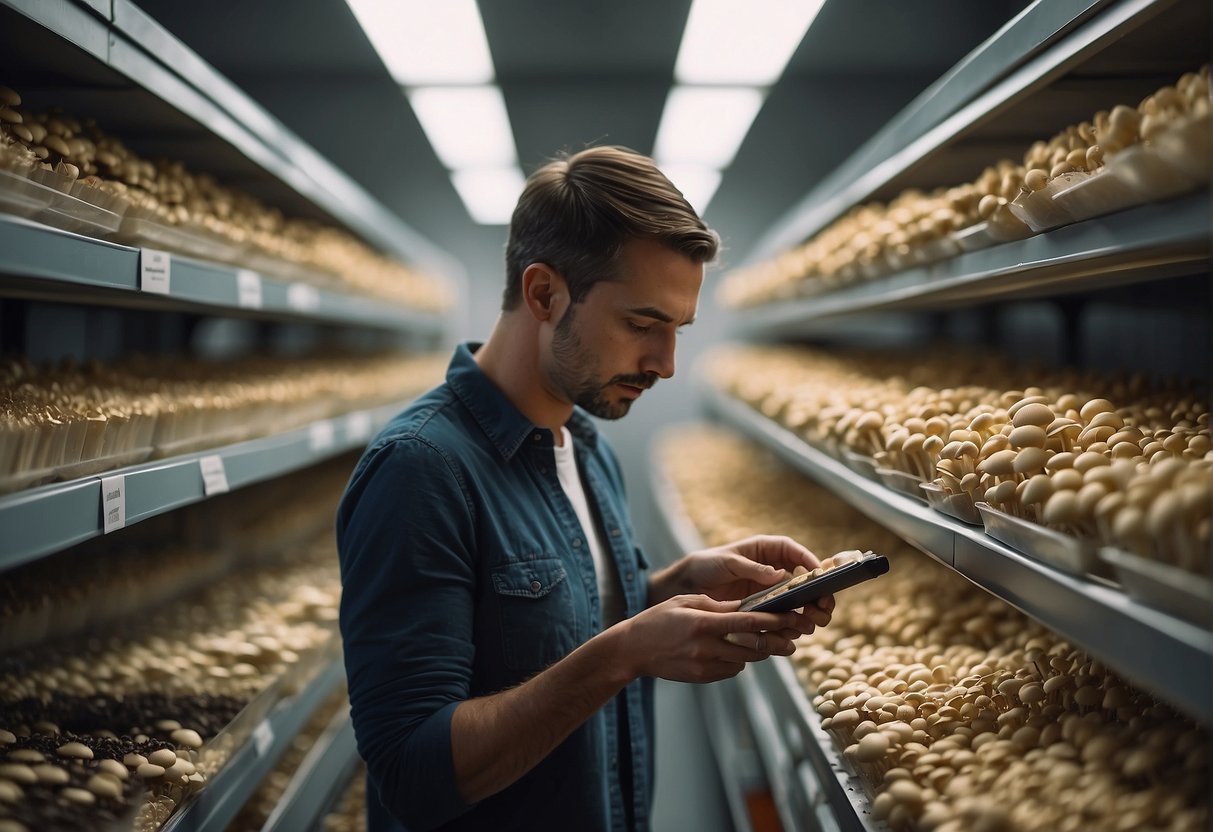
When seeking out psilocybin mushrooms, commonly referred to as shrooms, your safety and adherence to the law are paramount. Understanding proper use practices and the varied legal status of these substances globally ensures a more informed and responsible approach to their use.
Safe Use Practices
Set and Setting: You are more likely to have a positive experience with psilocybin mushrooms if you carefully consider your physical and mental environment. This includes being in a safe, comfortable place and a stable frame of mind. Ego dissolution can occur, leading to a profound sense of interconnectedness, but it can also be unsettling without proper preparation.
-
Trip Sitter: It’s wise to have someone you trust with you, preferably someone experienced who stays sober and can help if your experience becomes overwhelming.
-
Physical Effects: Be aware that nausea is a common side effect, and in some instances, use may exacerbate pre-existing conditions like anxiety, depression, or stress. Caution is advised if you have these or other mental health conditions.
-
Substance Use Disorders: If you have a history of addiction, considering the psychological implications of psilocybin is crucial due to its potential to cause non-traditional forms of addiction.
Legal Status Worldwide
Hallucinogens like psilocybin are classified differently across the globe, and it’s essential to know the laws specific to your region to avoid legal consequences.
-
United States: Psilocybin is classified as a Schedule I drug under federal law. However, there’s a growing community advocating for its therapeutic uses, leading to changes in local legislations. For example, cities like Denver, Oakland, and Ann Arbor have decriminalized the use and possession of these substances. States like Oregon and Colorado are pioneering in creating frameworks for regulated medicinal use.
-
International: The legal status of psilocybin varies, with some countries having strict penalties, while others may have more relaxed attitudes or allowances for certain uses. It’s your responsibility to research the laws in any country you are considering using, possessing or obtaining psilocybin mushrooms.
Always bear in mind the significance of engaging with psilocybin mushrooms in a manner that prioritizes your well-being and respects legal boundaries.
Cultural and Historical Context

Psychedelic mushrooms, often referred to as “shrooms” or magic mushrooms, have a rich tapestry woven through history and culture. Early use was primarily for spiritual and mystical experiences, closely entwined with ritual and meditation. Tribes and ancient civilizations pursued these altered states of consciousness for a deeper connection to the world around them.
- Timothy Leary, a key figure in the ’60s, emphatically endorsed the use of psychedelics for psychological exploration. His catchphrase, “Turn on, tune in, drop out,” still resonates in modern psychotherapy discussions.
- The notion of “set and setting”, a term popularized by Leary, emphasized the importance of mindset and environment, shaping trip reports and how individuals grow mushrooms even today.
Exploring the medicinal use of psychedelics, recent clinical trials have revealed their significant potential in treating mental health issues. These studies often highlight psilocybin – the active compound in shrooms – and its impact on treating depression, especially in cancer patients. Observations have shown improvements in patients’ well-being and enhanced feelings of gratitude.
Enthusiasts and mycologists often visit communities like Shroomery, a repository of knowledge for those looking to cultivate mushrooms, sharing comments and insights on the best liberty caps or techniques for microdosing. Microdosing, the practice of consuming small, sub-hallucinogenic doses, is touted for its subtle lift in mood and cognitive function, fostering an individual’s sense of openness.
Psychedelics are often associated with experiences like euphoria and synesthesia, adding rich dimensions to how one perceives nature. This affinity for the natural world strikes a chord with those who appreciate the simplicity of an outdoor lifestyle. As research continues to evolve the field of psychopharmacology, the future looks promising for integrating these ancient remedies into modern therapeutic practices, similarly to how cannabis has been embraced for its medicinal use.
As you navigate the historical and current use of these fascinating fungi, remember to respect both the science behind psilocybin and its deep cultural significance. Your quest for fresh mushrooms—whether for personal growth, healing, or a connection with the great outdoors—echoes the journeys of many before you.

